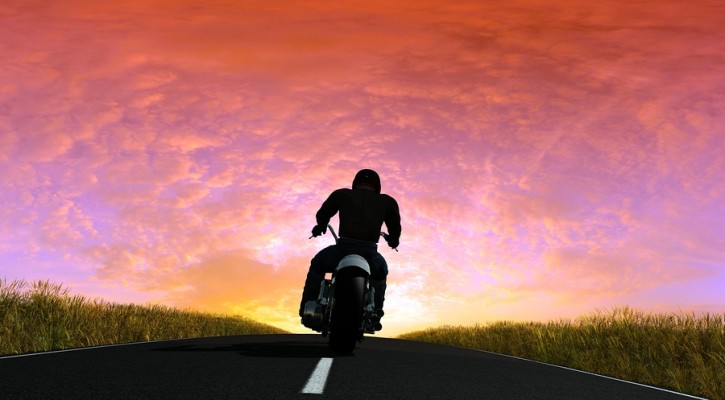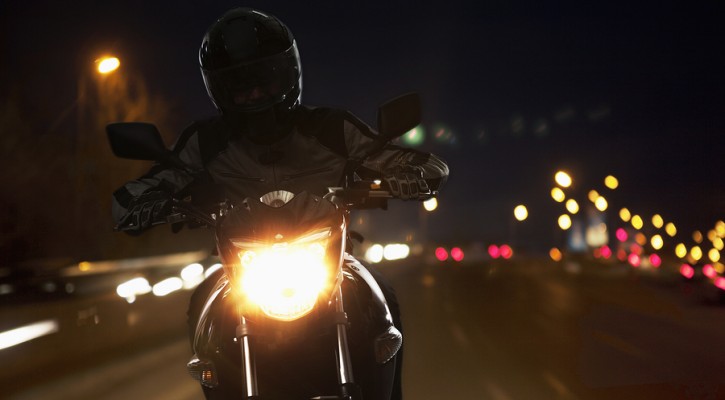
Newbies
March 29, 2014
Newbies are still newbies after 2,000 miles. They are still newbies after 6 months. They are newbies until they have experienced all the hazards of the road… and lived. This article from the motorcycle safety group is a great read for any new rider:
The Art of Stopping
March 29, 2014
If you want to survive the first year on a motorcycle, then you must know how to stop. Obvious, right? Well, most newbies hit the road without much practice in panic-stops, and as a result, will end up crashing in their first emergency situation.
So, arm yourself with some knowledge and experience to be better prepared when some car cuts you off in traffic, or fails to see you when making a left turn. Follow these guidelines and you’ll be one step ahead of the rest:
1. Be alert. Unlike a car, the only thing separating you from the pavement are your wheels, which are essentially just two tiny patches of rubber. You can’t be daydreaming, fiddling with your phone, or sipping on a latte. Your brain must be fully engaged, constantly making risk assessments, and not just looking but seeing everything. Presence of mind is your first line of defense, because the sooner you are aware of an emergency, the sooner you can react to it.
2. Stop sooner with a heavier load. Don’t forget that riding with loaded saddle bags or an extra passenger adds weight and requires a longer stop time. So remember to start braking earlier if you have any extra weight.
3. Stop straight. You always want the bike to be straight and upright when coming to a stop.
3. Use BOTH brakes. Apply both brakes evenly and smoothly.
4. Don’t panic if your brakes lock up. Many riders will panic and let go of their brakes if they lock up. This causes the wheels to rotate and high-side the bike. Instead, just keep braking even if the wheels begin to slide. Your best chance is to continue holding the brakes and try to keep the bike as straight and upright as possible.
5. Move to a safe place. If you make a panic-stop in the middle of traffic, then you’re in a very dangerous position. Move to a safer area as quickly as possible.
6. Practice. Find an empty parking lot or track to practice emergency stops. Begin by warming up the engine and then accelerating to 10 or 15 mph. Then, STOP! Once your a little more comfortable, increase your speed to 20-25 mph and STOP! Try again at 30 mph (if you’re comfortable). Once you get the hang of emergency-stopping techniques, it’s time to test the stopping distance. Use something simple such as a soda can your braking point and then note your braking distance from the can to where you land.
Remember, everyone gets rusty and learning is a continual process on a motorcycle. So, once you’ve mastered the emergency stop don’t forget to return to the empty parking lot every once in a while for a refresher in motorcycle safety techniques. Safe travels!
DIY: Pro-Photography for Your Bike
March 28, 2014
Much like marriage, babies, and big life events, buying a new motorcycle calls for a photography shoot. However, you don’t have to spend the big bucks to get amazing images of your new ride. Read this awesome article by Gregor Halenda to learn all you need to know about photographing your motorcycle like a pro:

Night Riding Tips
March 28, 2014
As we all know, riding season is upon us. However, the sun still goes down a little early and many bikers are forced to continue their commute down dark roads. If this is a new experience, or if you could use a quick refresher, then follow these tips to stay safe on your night rides:
Don’t outride your lights. This is possibly the most important tip, and the easiest to remember. There’s plenty of hazards on the street, so don’t go faster than you can see.
Follow the tracks. Other vehicles leave behind tracks on the road, which are likely a safe path to take since previous tires would have swept away most of the debris.
Boost Illumination. Many companies make lighting accessories that can increase headlight power, allowing you to spot wildlife, gravel, road debris and potholes sooner.
Watch out for drunks. Night is the most common time for DUI/DWI.
